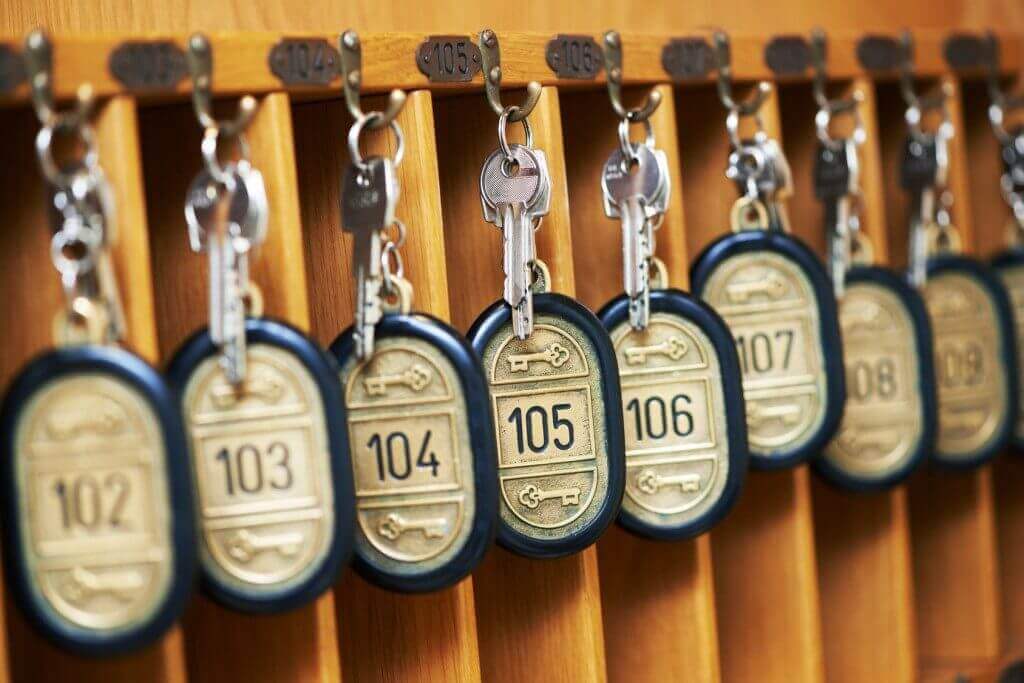
As we move into August, hotels around the world have largely reopened. The United States, China, and Europe are all hoping to show significant rebounds—and are reaching varying levels of success, as reflected by hotel occupancy rates.
NB: This is an article from Intelity
For the week ending July 25, China boasted a 60.9% occupancy, the United States 48.1%, and Europe, which has remained more cautious, 38.8%.
Overall, the numbers bring optimistic news for the hospitality industry, but there are still significant worries as well, especially for American hoteliers. The numbers have not bounced back as quickly as some hoteliers had hoped. Yet without a vaccine, experts like McKinsey & Company and STR predict a slow, steady recovery curve, not an upward spike.
In the case of the United States, the correlation between American recovery and Chinese recovery seems to be coming to an end. According to STR’s most recent report, American recovery growth has slowed significantly due to new COVID-19 cases and relatively low adoption of mask guidelines.
As things stand now, this slow, halting recovery is likely to continue for the foreseeable future. Hotels cannot simply shut down again amid spikes—but they also cannot stay profitable without raising occupancy rates. The fact is that the pool of travelers is smaller right now. How can you beat out competitors to buck the trend of slow recovery?
Make safety your entire brand—and no, cleaning standards alone aren’t enough.
No one in hospitality needs a refresher on why safety is important. It’s the core component of any successful hospitality business strategy in 2020. But many hotels have misunderstood exactly what level of safety travelers are looking for: enhanced cleaning and suggested distancing protocols are critical, but they aren’t enough on their own.
To truly impress travelers and take your safety strategy to the next level, focus on providing contactless service options. Mobile check-in, for example, allows guests to enter and exit the property without ever needing to stop by the front desk—a high-traffic area in any resort or hotel—and instead use their own device as a mobile key to access their room and any locked amenity spaces and common areas.
Dining is another place where safety measures can and should be extended. Mobile ordering, payment, and touchless deliveries make guests who are hesitant to visit hotel restaurants feel comfortable, with the added benefit of increasing revenue.
Overall, if you can transform a traditionally high-touch process or high-traffic area in order to enable physical distancing and eliminate face-to-face interactions, you’re more likely to pull in a higher number of travelers.
With that information in hand, you can begin to streamline processes, reassign resources appropriately, and optimize your reopening strategy. As occupancy rates rise, you’ll be better equipped to test, refine, and scale an already successful system—one based on hard data.
Offer guests convenience and control without compromising service quality.
With consumers in quarantine for multiple months, almost every single industry, from dining to retail to grocery, has completely pivoted to ensure consumers can comfortably shop online, then receive touchless deliveries or drive to stores for streamlined pick-up experiences. That ease isn’t something consumers are looking to give up as the world slowly returns to normal.
Instead, consumers are looking for that same digital convenience to expand into all of their service experiences post-pandemic. When they travel, they’ll want the same high-quality service hotel staff has provided over the years, but with added flexibility, digital capabilities, and control over who they interact with.
The hotels that provide a simple, mobile-first guest experience will ultimately win out over those that do not. With the ability to request contactless service or chat with staff from their smartphone or tablet, guests can tailor their stay to meet their preferences without ever needing to physically approach staff. With a completely seamless guest experience, satisfaction will rise sharply—and bookings will follow.
It’s certainly not an easy task: safety, convenience, and uncompromised service. But it’s worth putting in the work and investing in new tools to exceed guest expectations, build a strong reputation among travelers, and boost occupancy numbers to bolster recovery in the coming months.




